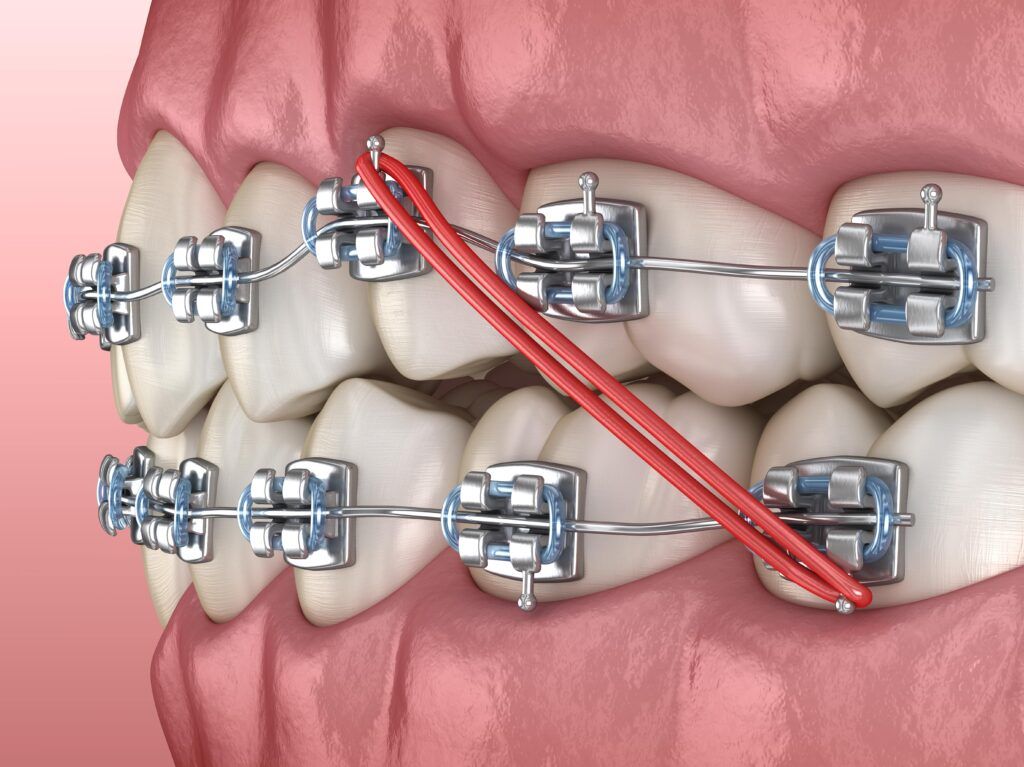Professional Cumming Braces and Aligners: What to Know Before You Visit
Professional Cumming Braces and Aligners: What to Know Before You Visit
Blog Article
Comprehensive Guide to Orthodontics Treatments for Remedying Oral Misalignments
In the world of orthodontics, the journey to achieving a flawlessly straightened smile involves a myriad of procedures tailored to remedy dental imbalances. From conventional dental braces to undetectable aligners and also medical choices, the area of orthodontics provides a variety of solutions to resolve varying levels of oral abnormalities. Recognizing the ins and outs of each treatment, including their mechanisms, benefits, and potential downsides, is critical in making informed choices concerning one's orthodontic treatment. As we navigate via the thorough guide to orthodontic procedures for remedying dental misalignments, the intricate details of each technique will unfold, clarifying the course towards a harmonious and practical oral alignment.
Orthodontic Procedures Review

In enhancement to traditional braces and clear aligners, orthodontists might also recommend other treatments like headgear, palatal expanders, or retainers to address details alignment concerns (cumming invisalign). These procedures are customized to each individual's unique requirements and might entail a mix of therapies to accomplish the preferred outcomes. Normal adjustments and monitoring are critical parts of orthodontic therapy to guarantee development is on track and to make any type of needed modifications along the road. By undergoing orthodontic procedures, patients can not just accomplish a straighter smile but additionally improve their total dental health and feature.
Conventional Braces: How They Function
When thinking about orthodontic therapies for dental imbalances, conventional dental braces stick out as a reliable technique for remedying teeth positioning. Standard dental braces contain braces, cables, and bands that work together to apply constant stress on the teeth, progressively relocating them right into the preferred positioning. The brackets are affixed to the teeth making use of a special adhesive, and the cables are threaded with the braces. By readjusting the tension of the cables, orthodontists can regulate the instructions and force put on each tooth, directing them into correct placement in time.
As stress is applied to the teeth via the braces, the bone surrounding the teeth is reshaped to support the brand-new tooth settings. Clients will certainly require regular changes at the orthodontist's office to make sure the braces continue to apply the correct stress for effective teeth motion.
Undetectable Aligners: Disadvantages and pros
These clear, custom-made trays are practically invisible when put on, making them an attractive alternative for individuals seeking a much more visually pleasing orthodontic treatment. Individuals can eliminate the aligners prior to consuming or brushing their teeth, minimizing the risk of food getting stuck in the device and streamlining the cleansing process.

Surgical Orthodontic Options
Surgical treatments in orthodontics existing viable options for dealing with intricate dental misalignments that might not be successfully settled via conventional orthodontic treatments. While standard dental braces and invisible aligners can fix numerous orthodontic concerns, particular instances require surgical treatment to attain optimal results. Surgical orthodontic alternatives are typically suggested for serious malocclusions, substantial jaw inconsistencies, and instances where the underlying bone structure needs alteration to accomplish appropriate positioning.
One common surgical orthodontic treatment is orthognathic surgical procedure, which involves rearranging the jaws to correct useful concerns such as difficulty chewing or talking. This surgery is often executed in cooperation with an orthodontist who helps line up the teeth before and after the treatment. Surgical orthodontics may also entail procedures to expose affected teeth, get rid of excess periodontal tissue, or improve the jawbone to create a much more harmonious face profile.
Prior to considering surgical orthodontic alternatives, patients undertake a detailed examination to establish the requirement and potential advantages of such treatments. orthodontics. While surgical treatment may appear daunting, it can considerably improve both the feature and visual appeals of the smile in instances where standard orthodontic therapies fail
Retainers and Post-Treatment Treatment

Failing to comply with post-treatment care guidelines can result in relapse, where the teeth gradually move back in the direction of their original positions. Consistent retainer wear, good oral health, and normal oral check-ups are essential for maintaining the outcomes attained via orthodontic surgery and guaranteeing the long-term security of the fixed oral alignment.
Conclusion
To conclude, orthodontic treatments supply numerous options for fixing dental misalignments. Typical braces make use of steel brackets and cables to move teeth into proper placement. Unnoticeable aligners give cheap dental care an even more very discreet option yet may not appropriate for all instances. Surgical orthodontic choices are available for much more extreme misalignments. Retainers are commonly used post-treatment to keep the new alignment. Overall, orthodontic treatments can properly improve dental health and aesthetic appearance.
As we browse through the comprehensive guide to orthodontic treatments for remedying oral misalignments, the detailed information of each method will certainly unravel, losing light on the path toward a practical and unified dental placement. - cumming orthodontist
One of the most common orthodontic treatments is the use of braces, which consist of metal braces and cords that use gentle stress to progressively shift teeth right into the wanted position.When considering orthodontic therapies for dental imbalances, standard dental braces stand out as a time-tested approach for fixing teeth positioning. Furthermore, unseen aligners may not be suitable for complex orthodontic problems that require more significant teeth movement, as they are typically advised for moderate to moderate instances. Retainers are custom-made orthodontic devices created to hold teeth in see page their fixed settings after the completion of orthodontic treatment.
Report this page